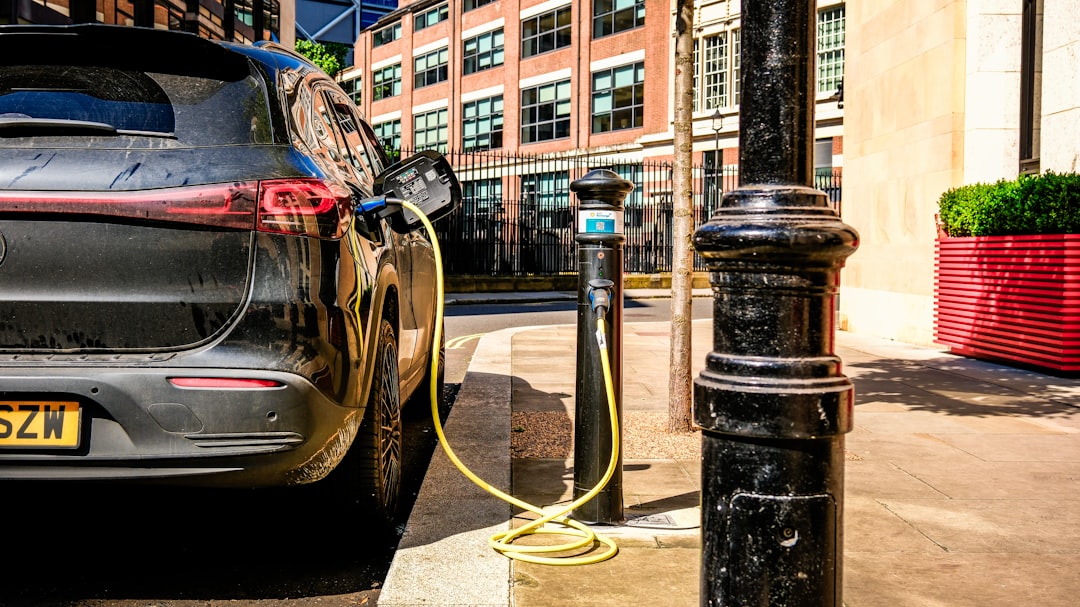In recent years, the electric vehicle (EV) revolution has gained incredible momentum, with fast-charging networks playing a pivotal role in transforming how we think about daily commutes. According to Bloomberg Green, the global EV market is expected to grow by 29% annually, with fast-charging infrastructure expanding at an unprecedented rate. But what does this mean for the average commuter? In this article, we will explore how fast-charging networks are not just a convenience but a revolution in daily EV commutes, making electric vehicles more accessible and practical for everyone.
The Rise of Fast-Charging Networks
The Expansion of Charging Infrastructure
The rapid expansion of fast-charging networks is a game-changer for the EV industry. As of 2023, there are over 300,000 publicly accessible fast chargers worldwide, with Tesla, Rivian, and Volkswagen leading the charge in network development. This growth is crucial because it addresses one of the most significant barriers to EV adoption: range anxiety.
- Tesla Supercharger Network: With over 45,000 Superchargers globally, Tesla offers one of the most extensive fast-charging networks, allowing drivers to recharge up to 200 miles in just 15 minutes.
- IONITY and Electrify America: These networks are expanding rapidly across Europe and the United States, providing high-speed charging solutions for non-Tesla vehicles.
- Government Initiatives: Countries like China and Germany are investing heavily in fast-charging infrastructure, with plans to install thousands of new stations by 2025.
Technological Advancements in Fast Charging
Recent technological advancements in fast-charging are making EVs more appealing than ever. According to MIT Technology Review, breakthroughs in battery technology and charging speeds have reduced average charging times significantly.
- Solid-State Batteries: Companies like Nissan and Hyundai are exploring solid-state batteries, which promise faster charging and longer range.
- Ultra-Fast Chargers: New chargers, capable of delivering 350 kW, can recharge vehicles like the Porsche Taycan and Lucid Air in under 20 minutes.
- Smart Charging Solutions: Innovations in smart charging allow EVs to communicate with the grid, optimizing charging times and reducing costs.
Practical Benefits of Fast-Charging for Daily Commuters
Reduced Charging Times
Fast-charging networks drastically reduce the time spent at charging stations, making EVs a viable option for daily commutes. The convenience of a quick recharge during a coffee break can significantly enhance the daily driving experience.
- Time-Efficient Commutes: A typical 30-minute top-up can add over 200 miles of range, enough to cover several days of commuting for most drivers.
- Increased Flexibility: Fast chargers at strategic locations such as shopping centers and workplaces provide flexibility and convenience.
Cost Savings
While the initial cost of an EV can be higher, the savings on fuel can add up. Fast-charging networks often offer competitive pricing models, especially when compared to the fluctuating costs of gasoline.
- Cost-Effective Charging Plans: Many networks offer subscription models or discounts for regular users, reducing the overall cost of commuting.
- Incentives and Rebates: Various government incentives further reduce the costs, making EVs more affordable in the long run.
Tips for Maximizing Your Fast-Charging Experience
How to Charge Efficiently
To get the most out of fast-charging networks, follow these tips:
- Plan Your Route: Use apps like PlugShare or the Tesla app to locate fast chargers along your route.
- Optimize Charging Times: Charge during off-peak hours to take advantage of lower electricity rates and avoid queues.
- Understand Your Vehicle’s Capabilities: Know your EV’s maximum charging rate to ensure compatibility with fast chargers.
Where to Buy and Compare
When considering an EV, it’s essential to compare models based on their compatibility with fast-charging networks. Here’s what to keep in mind:
- Range and Charging Speed: Compare models like the Hyundai Ioniq 5 and the Ford Mustang Mach-E, which offer impressive range and fast-charging capabilities.
- Network Accessibility: Ensure your chosen EV brand has a strong presence in your area with reliable charging stations.
Conclusion: The Future of Fast-Charging and EV Commutes
Fast-charging networks are undoubtedly revolutionizing daily EV commutes, making them more efficient, cost-effective, and enjoyable. As technology advances and infrastructure expands, we can expect even more convenient and widespread adoption of electric vehicles. Are you ready to join the electric revolution? Consider how a fast-charging capable EV might fit into your lifestyle and reduce your carbon footprint. With the rapid developments in this field, the future of commuting looks not just electric but incredibly exciting. Let’s embrace this transformation together and drive towards a sustainable future.

